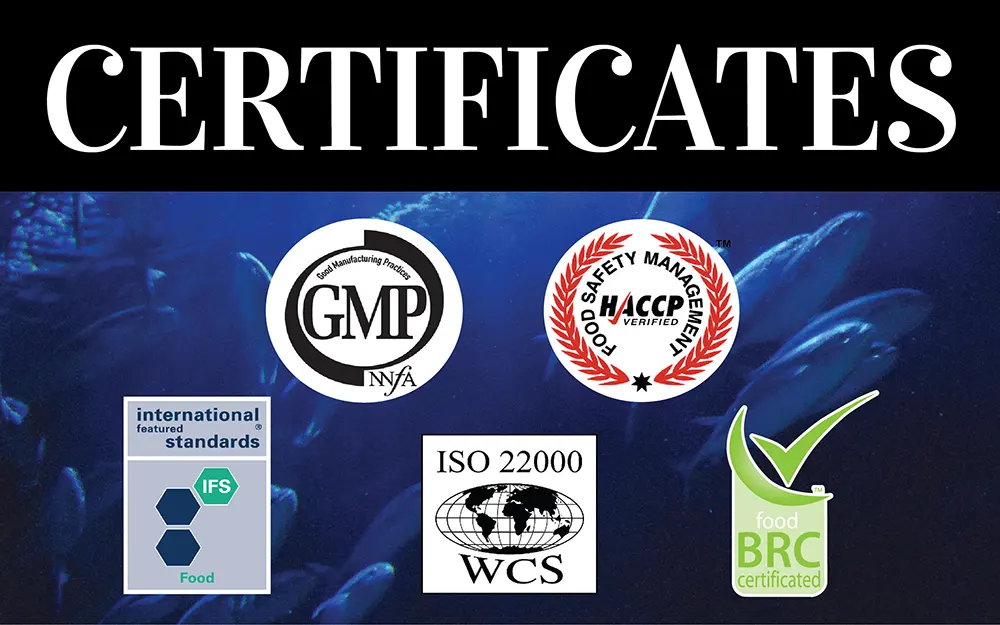
Gulkin: Drop in Indian production ‘healthier’ for global industry: Undercurrentnews

Neil Ramsden: Undercurrent News
HO CHI MINH CITY, Vietnam — India’s 2019 vannamei shrimp production issues — while obviously unfortunate for farmers there — have created a “healthier” picture for global supply, suggested Siam Canadian Group’s CEO Jim Gulkin said, during the 2019 Vietfish trade show.
Undercurrent News recently reported that flash foods may have reduced India’s overall shrimp output for the year by another 5%, on top of already tricky conditions.
“I’ve heard some people say their output will be down 30% this year,” Gulkin told Undercurrent. “Personally, I think we’re looking at 15-20%.”
After 2018’s low raw material prices, which saw farmers lose money, there has been a mixture of delayed, reduced, or altogether canceled pond stocking this year. On top of that, white feces, Enterocytozoon hepatopenaei, or EHP, and now the weather has hit production.
“I think for global supply, maybe the production dip is a healthier thing,” said Gulkin. “If India had hit its full potential we’d have been looking at 700,000-750,000 metric tons of production, and I think it would have kept prices low.”
There has also been a rough balance between supply and demand from India’s processors, he said.
“In Thailand, pre-EMS [early mortality syndrome], there was real processing overcapacity. It creates a false market, where raw material prices are high, because processors need to secure it, but export prices don’t match that, because customer demand may not be there.”
He added that India potentially runs the risk of seeing this in the coming years, with several new processing plants coming online and others expanding. Of course, India is aiming to push its production up still, following the trend of recent years.
Majority of US shrimp buying for year-end complete
On the market side, Gulkin said the majority of US shrimp purchasing for the winter holiday season is done.
Often at the Vietfish event shrimp companies are on the verge of beginning the “buying season”, but this year the event is a few weeks later.
“Orders had to have been placed by now really for deliveries to arrive before the US holiday period, that runs from Thanksgiving, through to the Superbowl and Lent [Feb. 26-April 9, 2020],” said Gulkin.
Hence, most of the remaining harvests in key producing countries are largely bought up now, he added.
For Indonesia — which Gulkin described as the “most consistently competitive” producer for commodity shrimp, especially “easy-peel”, in 2019 — this has brought prices up in the last few weeks. The graph below, from the Undercurrent prices portal, though showing Vietnamese prices for 80-count shrimp, shows a similar pattern.
Generally, shrimp prices have been fairly stable this year, after the lows of 2018, he continued. Gulkin expects little movement for the remaining months of 2019, with swings of 5% — 10% at the most — he said.
China-US trade war has little impact for Vietnam, so far
The ongoing China-US trade war has been touted as having beneficial impacts for Vietnam, but this has not yet been the case, Gulkin said.
“It would help Vietnam, for sure, a 30% US tariff on Chinese imports would make imports from Vietnam — and elsewhere — more attractive,” he said.
“But it’s such an unpredictable scenario, nobody’s banking on it just yet,” he added.
It certainly hasn’t led to any Vietnamese companies investing, for instance in processing, with a view to replacing US demand for something like breaded shrimp, he said.
Le Van Quang, chairman of shrimp firm Minh Phu Seafood Corporation, agreed, saying there was no sign of clear opportunities for Vietnam yet.
However, he did say the “adverse impact so far is clear”: Chinese exporters have been selling to the US as fast as possible, to squeeze shipments in before tariffs are hiked.
“That uses up shipping containers, so we are seeing delays while we wait for the containers to then arrive in Vietnam for our shipments,” he told Undercurrent.




